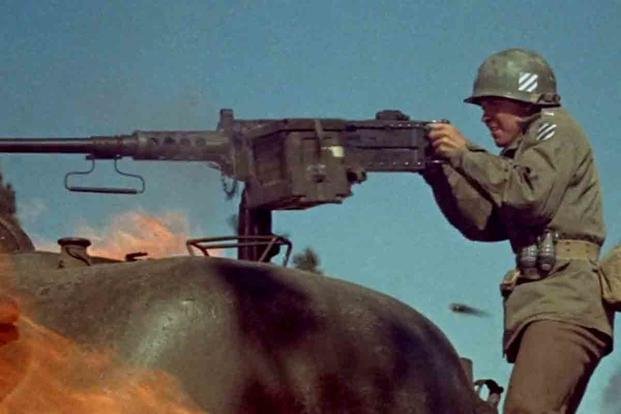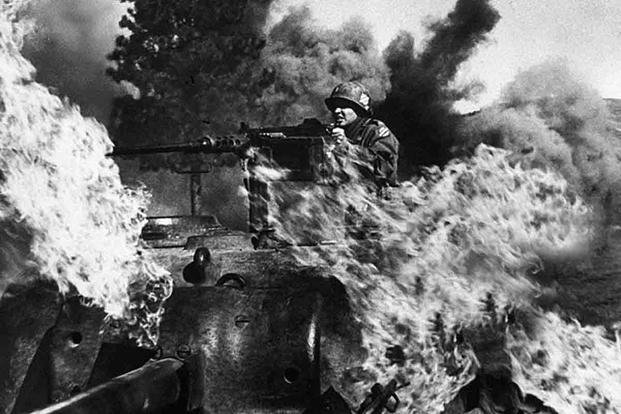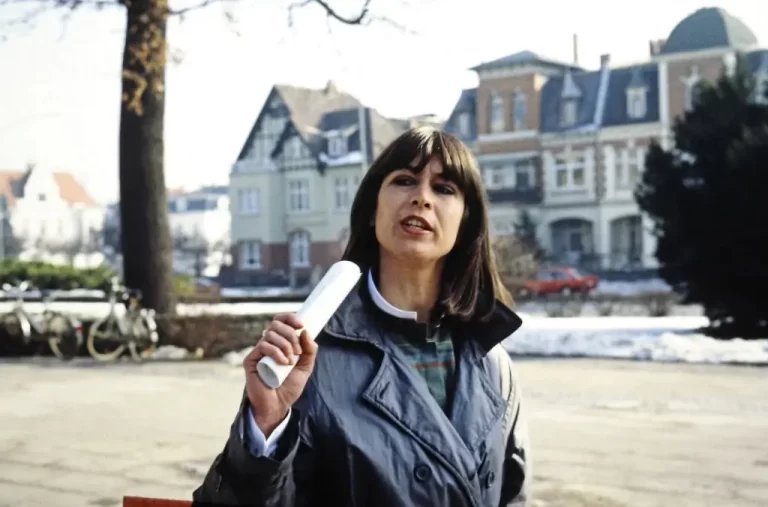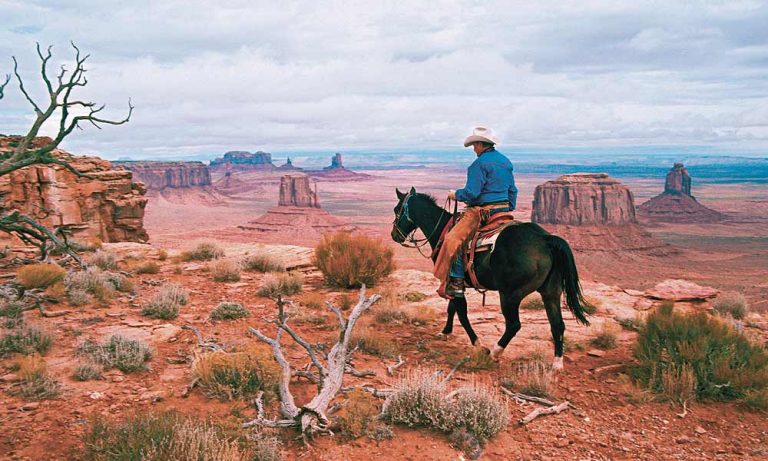Almost 80 Years Later, Audie Murphy’s Medal of Honor Action Is Still Like Something Out of a Movie
Moviegoers have seen it all: tornadoes full of sharks, trucks fighting jets, and Nic Cage swapping faces with John Travolta. While these outlandish scenes can get a bit ridiculous, real-life stories can be just as incredible. Audie Murphy’s solo fight against the Nazis in Europe sounds like a modern action movie, but it actually happened. His story was turned into a movie a decade after the battle, and it still resonates today.
In January 1945, Allied victory in Europe was far from certain. In December 1944, the German military launched a major offensive, pushing Allied lines back into Belgium and France. This led to the Battle of the Bulge, which forced the Nazis into a retreat. However, on New Year’s Eve, Nazi Germany launched its last major offensive on the Western Front: Operation Northwind, aiming to strengthen its forces in the Bulge and destroy two Allied armies.
American and French forces fought for over a month to stop the German advance and push the Nazi Wehrmacht back into Germany. They eventually succeeded, but a strong German force of around 30,000 was centered around the city of Colmar, creating a pocket of resistance in Eastern France. Retaking Colmar was crucial, as it was the last major Nazi foothold on French soil and controlled access into Germany.

One day in late January, near the village of Holtzwihr, northeast of Colmar, German forces attacked advancing American infantry. This is where Lt. Audie Murphy single-handedly held the strategically important forest outside the town, despite being outnumbered and outgunned by a veteran German Army.
Murphy was no stranger to the battlefield and had a knack for taking risks. By the time the U.S. Army advanced on the Colmar Pocket, Audie Leon Murphy had already earned the Distinguished Service Cross, two Silver Stars, and two Bronze Stars. He had enlisted at just 16 years old, joining the Army in 1942 because it was the only branch that accepted him despite his underweight frame. He was first sent to North Africa, then to Sicily, mainland Italy, and eventually southern France. Murphy fought his way across Europe, earning a battlefield commission in October 1944.
Audie Murphy stars as himself, recreating how he received the Distinguished Service Cross as part of the first assault wave landing in Southern France near Ramatuelle, in August 1944.
The Colmar Pocket posed a serious threat to the Allied advance into Germany. If the Nazis broke out, they could have overwhelmed the stretched Seventh Army and then attacked the advancing Third Army from behind, potentially destroying it. This could have allowed the Wehrmacht to retake the port of Antwerp and push the Allies back into the English Channel. The Allies knew they had to deal with this powerful enemy force.
On January 23, 1945, the U.S. 3rd Infantry Division’s 30th Infantry Regiment advanced through the Bois de Riedwihr forest near Holtzwihr but was suddenly attacked by a large force of German tanks, tank destroyers, and infantry. Unable to dig into the frozen ground, the 30th was decimated and ordered to withdraw. The 15th Infantry was sent to fill the gap.
The next day, German tanks and infantry launched a fierce attack on Company B of the 15th Infantry, wounding 102 of its 120 enlisted men and killing all but one officer: Lt. Audie Murphy.
On January 25, Murphy led the remnants of his company into the woods but couldn’t dig foxholes in the snow and cold. Reinforcements arrived in the form of two tank destroyers from the 601st Tank Destroyer Battalion, and Murphy used them, along with five armored vehicles, to form a defensive position. From there, they could see the heavily defended village of Holtzwihr.
By January 26, Murphy had made the most of what was available, but reinforcements had not yet arrived. At 2 p.m., six German tanks and 250 elite troops moved toward their position. Murphy called for artillery support before the shooting started. The road to a German victory in the Colmar Pocket ran through the road his company was holding.
The American tank destroyers fired on the German tanks but were ineffective and quickly taken out, scattering the anti-tank troops. The M10 tank destroyers’ mounted guns managed to tear into the German infantry but didn’t last long. With Company B’s machine gun crew hit, Murphy ordered his men to retreat while he covered their withdrawal and directed artillery fire.
With the Germans advancing and his carbine out of ammunition, Murphy climbed onto a burning tank destroyer and used its .50-caliber gun to fire at the enemy. He mowed down the advancing infantry, forcing the German tanks to retreat to their own treeline. Despite enemy tank shells and artillery exploding around him, Murphy held his ground.

For an hour, Murphy was hidden by smoke as he fired the machine gun, pausing only to reload, call in artillery fire, or recover from the blasts of 88-millimeter shells. Finally, the clouds cleared, allowing him to call for close-air support from Allied planes. Faced with this overwhelming firepower, the Germans began retreating toward the village. This retreat came just in time, as Murphy’s phone to Allied artillery went dead. He left the tank destroyer and rejoined his men in the forest. Just after he reached the treeline, the tank destroyer turret he had stood on blew up.
Refusing to be evacuated, Murphy then planned a counterattack, retaking their original position from the remaining Germans. Company B held their ground throughout the night, and the reinforced 30th Infantry Regiment captured the village the next day. If Murphy hadn’t made his stand atop the burning armored vehicle, it’s likely that the entire company, already undermanned and demoralized, would have been wiped out.
Murphy was promoted to first lieutenant and received the Legion of Merit for his leadership during the Colmar Pocket operation. On June 2, 1945, Lt. Gen. Alexander Patch, commander of the Seventh Army, presented the 19-year-old Murphy with the Medal of Honor for his actions outside of Holtzwihr. By the end of the war, Murphy had received every medal for valor the United States offered, along with three Purple Hearts.

After the war, Murphy went to Hollywood, where he slowly built a successful film career. His first leading role was in 1949’s “Bad Boy,” which led to a contract with Universal Pictures. He became well-known for his war movies and westerns. He also ventured into country music and western TV series.
As the most decorated soldier of World War II, Murphy wrote a popular autobiography, “To Hell and Back,” and starred as himself in the 1955 movie adaptation. He appeared in about 40 other films, including “The Unforgiven,” “The Quiet American,” and “A Time for Dying.” His performance in “To Hell and Back” made him a major star, one of Universal’s top leading men alongside Tony Curtis, Rock Hudson, and Jeff Chandler.
Murphy joined the Texas National Guard and Army Reserve and became an advocate for post-traumatic stress disorder (PTSD) research and treatment, as he suffered from it himself. He died at age 45 in 1971 in a private plane crash near Roanoke, Virginia, and was buried at Arlington National Cemetery.






